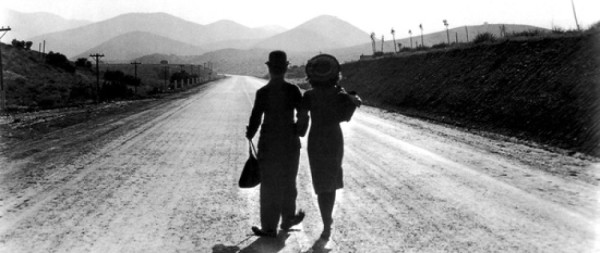Godzilla vs. the Sea Monster (Gojira, Ebira, Mosura: Nankai daiketto)
Directed by Jun Fukuda
Written by Shinichi Sekizawa
1966/Japan
Toho Studios
First viewing/Netflix rental
[box] Yoshimura: So that’s it, it’s a heavy water factory.
Nita: Huh? What can they do with that?
Yoshimura: Atom bombs are made with it.
Nita: Huh? I’m getting out of here![/box]
The first Godzilla movie I’ve seen goofy enough absolutely to qualify as a guilty pleasure.
Some hapless young men are on a mission to rescue one’s brother from an island and need a boat. They sneak on to a luxury yacht to look around and are confronted by a thief using the stolen boat for his get-away. They end up locating the brother in a slave labor camp/heavy water factory/island operated by a terrorist organization. In the meantime the island is threatened by Ebira, a giant lobster. Before the film is over the heroes will call on Godzilla and Mothra, the giant moth, to defend them. This provides the opportunity for a revisit to Infant Island and its bizarre Mothra rituals.

This is at bottom a pretty bad kid-friendly adventure movie. The monster action occupies too little time. But when it comes it just the icing on the cake. Most ludicrous monsters since the “Flying Claw” and worst miniature work possibly ever. The DVD print, on the other hand, is pristine with beautiful color.




















